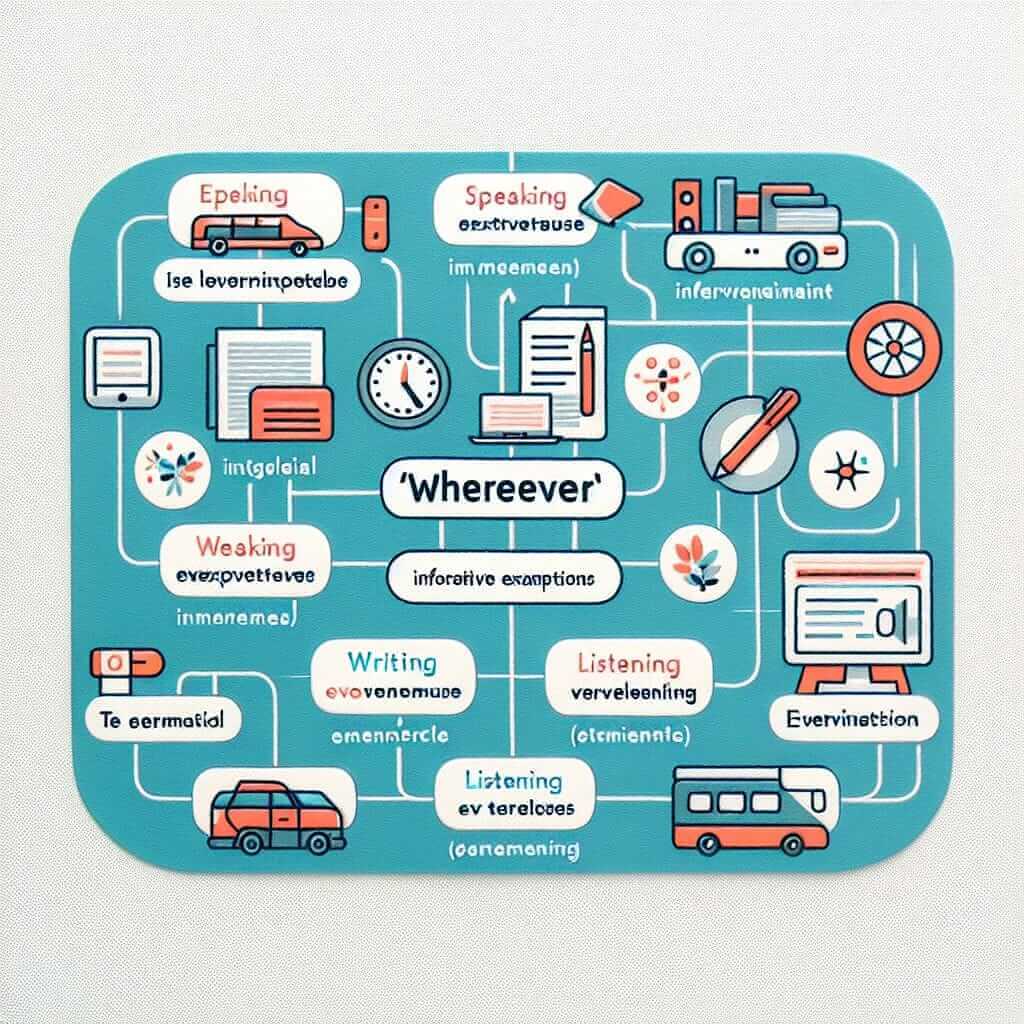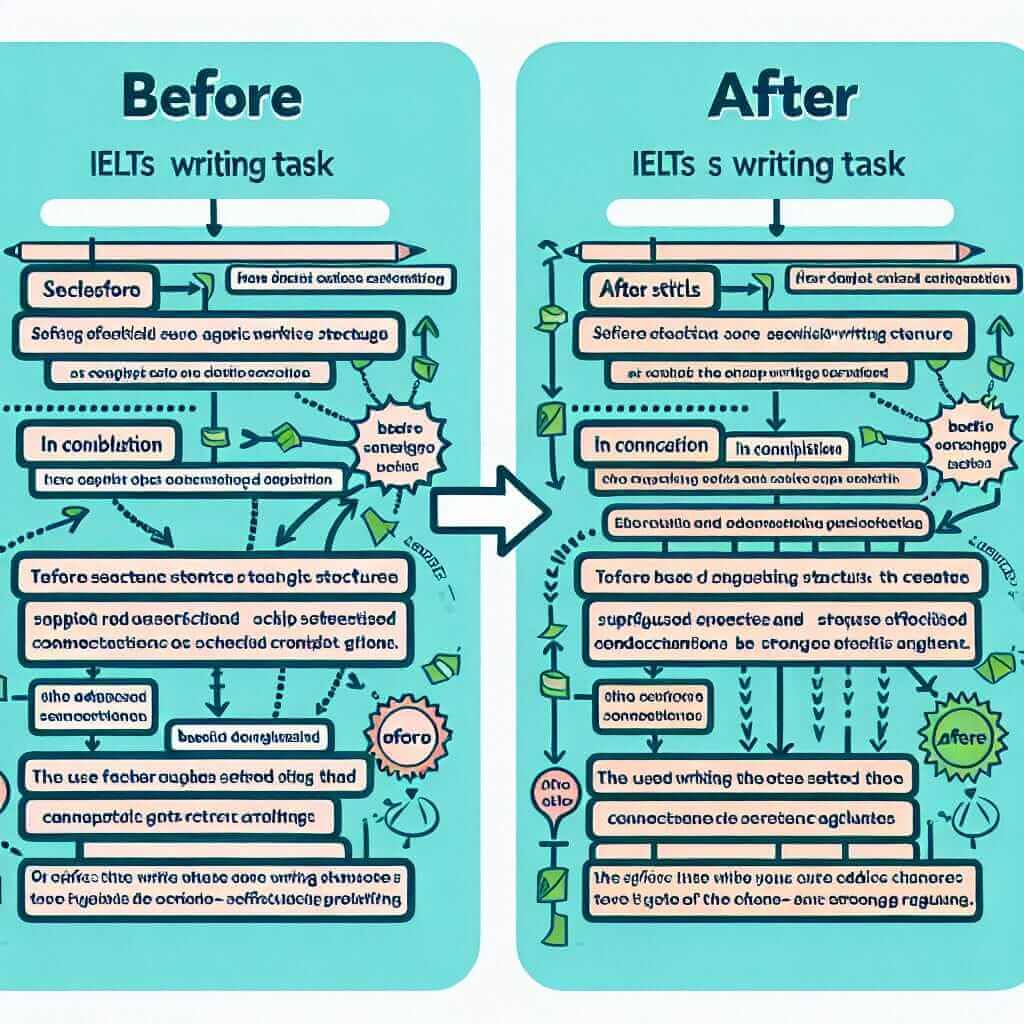“Providing” and “provided” often trip up even proficient English learners, especially in the context of the IELTS exam. Understanding their subtle distinctions is crucial for achieving a higher band score. This article delves deep into the correct usage of “providing” and “provided,” equips you with the grammatical prowess to wield them confidently, and analyzes their application in various IELTS sections.
Nội dung bài viết
Let’s start by examining some examples showcasing how these words function in sentences:
-
Example 1: Provided you meet the entry requirements, you will be accepted into the program. (This sentence uses “provided” to express a condition for acceptance.)
-
Example 2: The charity is providing food and shelter to the homeless. (Here, “providing” illustrates the charity’s action of supplying necessities.)
-
Example 3: Many students find online learning effective, providing that they have access to reliable internet. (This example uses “providing” to introduce a condition for online learning effectiveness.)
Understanding “Providing” and “Provided”
Meaning and Usage
-
“Providing” acts as a conjunction, similar to “if” or “on the condition that.” It introduces a condition that must be met for the main clause to hold true.
-
“Provided” also functions as a conjunction but is synonymous with “if” or “only if.” It emphasizes that the condition is essential for the main clause to be true.
Frequency in IELTS
Both “providing” and “provided” appear in various IELTS sections, particularly in the Writing and Speaking sections, where expressing conditions and making arguments are common. Understanding their nuances helps you formulate complex sentences and showcase a broader range of grammatical structures.
Grammatical Structure and Analysis
“Providing”
-
Formula: Main Clause + Providing + Subordinate Clause
-
Example: You can improve your English fluency, providing you practice speaking regularly.
Analysis:
- Main Clause: “You can improve your English fluency”
- Subordinate Clause: “you practice speaking regularly”
- “Providing” links the two clauses, indicating that regular speaking practice is essential for fluency improvement.
“Provided”
-
Formula: Main Clause + Provided that + Subordinate Clause
-
Example: The company will offer a refund, provided that the customer returns the product within 30 days.
Analysis:
- Main Clause: “The company will offer a refund”
- Subordinate Clause: “the customer returns the product within 30 days”
- “Provided that” highlights the strict condition for a refund—the product must be returned within 30 days.
 IELTS Exam Preparation
IELTS Exam Preparation
Applying “Providing” and “Provided” in IELTS
Writing Task 2
- Example: Some people argue that technology hinders creativity. However, technology can foster creativity, provided that individuals use it as a tool for exploration and innovation.
Analysis: In this example, “provided that” effectively presents a counter-argument. The writer acknowledges a differing viewpoint but then uses “provided that” to introduce a condition under which technology can indeed foster creativity.
Speaking Part 3
- Examiner: Do you think online education will replace traditional classrooms?
- Candidate: While online learning offers flexibility, I believe traditional classrooms will remain relevant, providing that they adapt to incorporate technology effectively.
Analysis: The candidate uses “providing” to express a nuanced viewpoint. They acknowledge the benefits of online learning but emphasize that traditional classrooms can still thrive if they leverage technology effectively.
Achieving a Higher Band Score
- Show Variety: Instead of solely relying on “if,” utilize “providing” and “provided” to exhibit a wider range of grammatical structures.
- Formal Tone: Both “providing” and “provided” lend a formal tone to your writing and speaking, aligning with the IELTS academic style.
- Express Conditions Clearly: Use these conjunctions to express conditions clearly and concisely, enhancing the overall clarity and flow of your language.
Common Errors and How to Avoid Them
- Incorrect Tense Usage: Ensure the verb tenses in both the main and subordinate clauses align logically.
- Word Order: The subordinate clause introduced by “providing” or “provided that” can come before or after the main clause, but the meaning remains the same. Be mindful of punctuation when altering the word order.
- Overuse: While it’s beneficial to showcase a range of grammar, avoid overusing “providing” and “provided.” Strive for a balance in your language.
Conclusion
Mastering the nuances of “providing” and “provided” arms you with valuable tools to enhance your grammatical accuracy and range in the IELTS exam. By understanding their distinct usage, practicing their application, and avoiding common pitfalls, you can approach the test with greater confidence and boost your chances of achieving your desired band score. Remember to review authentic IELTS materials and practice regularly to solidify your understanding.

